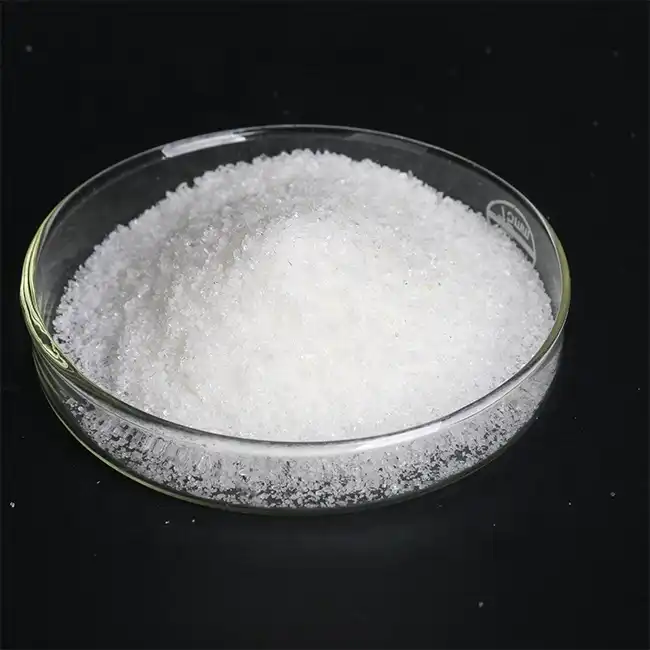Polyacrylamide (PAM) is an important class of high molecular weight flocculants, playing a significant role in water treatment, mineral processing, papermaking, and other industrial productions. However, there are considerable misunderstandings about the use and effectiveness of PAM among the general public and industry professionals. These misconceptions mainly arise from a lack of understanding of PAM’s properties, its usage methods, or an incorrect assessment of its environmental impact. This article aims to analyze several major misconceptions about polyacrylamide, helping everyone to gain a more comprehensive understanding.

Misconception One: Dissolving and Stirring
Polyacrylamide is a white crystalline particle, typically with a particle size between 60 and 80 mesh. Generally, the mixing time for dissolution should not be less than one hour. In colder temperatures during winter, the dissolution mixing time should be extended. In many cases, due to short dissolution and stirring times, polyacrylamide cannot fully dissolve, failing to efficiently achieve rapid flocculation in wastewater through adsorption bridging and net capturing.
Misconception Two: Concentration Configuration
The concentration of polyacrylamide is generally set at 0.1%-0.3%, suitable for flocculation and sedimentation (depending on the molecular weight of polyacrylamide or the sedimentation rate). The concentration for urban and industrial sludge dewatering is 0.2%-0.5% (which should be adjusted based on the concentration of the sludge). The concentration of polyacrylamide depends entirely on the concentration of wastewater and sludge. When impurities in the wastewater are excessive, the concentration of polyacrylamide should be increased.
Misconception Three: Model Selection
Non-ionic Polyacrylamide
This type of polyacrylamide does not contain or contains almost no charged functional groups. It is mainly used for treating low turbidity, low organic content wastewater, such as certain industrial wastewaters and urban sewage.
Cationic Polyacrylamide
This type of polyacrylamide contains a positively charged functional group. It is especially effective for wastewater containing negatively charged particles or organic matter, such as sludge dewatering and treatment of pulp in the paper industry.
Anionic Polyacrylamide
A type of polyacrylamide with a negatively charged functional group. It is mainly used for treating wastewater with high turbidity and high suspended particles, widely applied in mineral processing and oilfield development.
Misconception Four: Polyacrylamide Cannot Solve All Water Treatment Problems Alone
Polyacrylamide is often used in conjunction with other chemicals. For example, to treat heavy metals or certain special chemicals in water, it is necessary to add specific chemicals to induce chemical precipitation or neutralization. Additionally, for water highly polluted with organic matter, biochemical methods should be used for degradation.
Through this discussion, we find that there are many misconceptions about PAM, mainly due to incomplete information and misunderstanding. Understanding and applying polyacrylamide effectively can improve its application in industry and environmental protection and reduce its environmental harm. Therefore, accurately grasping the properties of PAM, understanding its applicability under various conditions, and conducting scientific research are of great significance. It is hoped that this article’s research on PAM deepens the understanding of PAM and promotes its scientific and environmentally friendly application in various fields.
